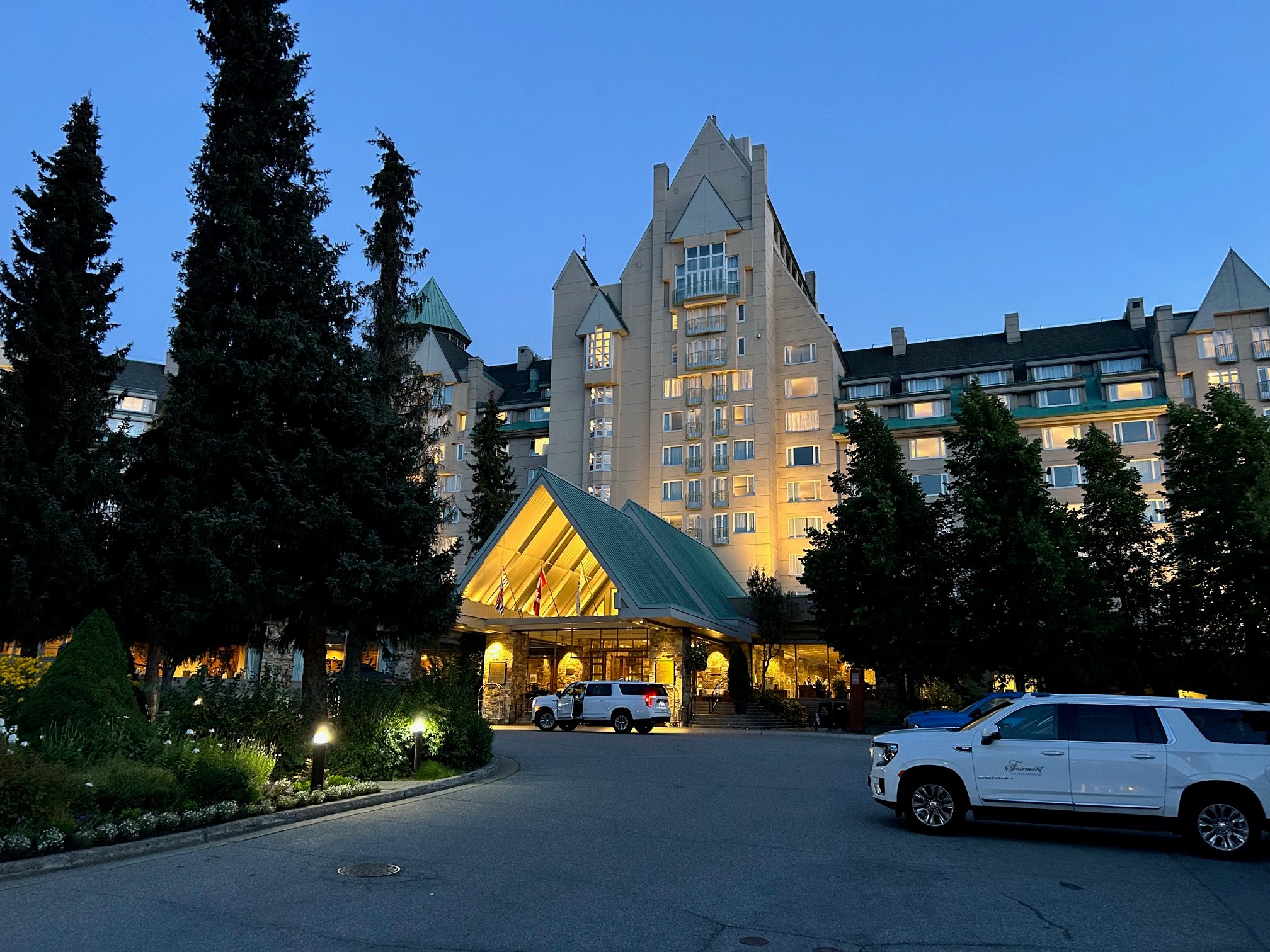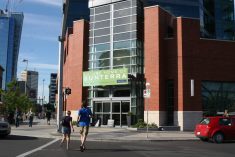David Chanasyk remembers a time when subsoiling was a hot research topic in Alberta.
But these days it’s difficult to find a producer who practices deep ripping in the province, never mind obtain research dollars to study subsoiling.
“There was a huge flurry of activity, both operationally and research wise, I’m guessing 20 years ago,” said Chanasyk, a professor in renewable resources at the University of Alberta.
Subsoiling, which is loosely defined as tilling at depths of 10 inches or more, was once thought of as a potential way to break up hardpan layers in the soil caused by compaction. As well, it was touted as a way to manage solonetzic and related soils, which represent about 30 percent of soils in Alberta, according to a document on Alberta Agriculture’s website.
Read Also

VIDEO: 2025 pulse and special crops convention kicks off in Whistler
Western Producer reporter Sean Pratt is in Whistler, B.C., covering the 2025 annual Pulse & Special Crops Convention. Follow along…
“In these soils, sodium caused the sand, silt and clay particles to act independently of each other, according to the website.
“When the soil dries, a massive columnar structure develops in the subsoil restricts water and root penetration.”
Reflecting how little research has been done on subsoiling in the last 15 years, the website article was written in 1993. However, the article’s author, Jerome Lickacz, continues to practice subsoiling on his farm near Calmar, Alta., just southwest of Edmonton.
Lickacz grows grains, oilseeds and forage seed on land that has dark grey solodized solonetz soil. He usually deep rips when he work downs his forage crop.
“Personally, I believe it helps us on our soil types. We tend to have a little more drought tolerance in our crops because the plants are capable of penetrating down to the deeper roots in the soil,” said Lickacz, who used to work in Alberta Agriculture’s soil improvement section.
While he believes it’s necessary and beneficial on his land, Lickacz admitted he is an exception. Most Alberta farmers gave up on subsoiling when minimal tillage became the thing to do.
“Any type of major soil tillage is not even on the radar screen,” said Lickacz, who continues to work as an agriculture consultant, looking at ways to incorporate forestry waste into soil.
As an example of how deep ripping has faded from consciousness, Kello- Bilt, a tillage equipment manufacturer in Red Deer, hasn’t built subsoilers in a decade or so.
“I suspect that if there was an order for a couple, they would get them manufactured, but they’re not on the lot,” Lickacz said.
The advent of zero-till gave subsoiling a big push toward irrelevance, but the practice also faded away because research on the topic was inconclusive, said Chanasyk, who studied deep ripping back in its heyday.
One study would show that it increased yields and the next study said it didn’t. The reason behind the variable results, Chanasyk said, is the high variability of solonetzic soils.
“In a given field, particularly in the solonetzic belt in Alberta, you can get pockets of solonetzic soil right next to chernozenic soils,” said Chanasyk, who hasn’t studied subsoiling in a decade.
“The mixture of those two (soils), in my professional opinion, would determine the success or failure (of deep ripping).”
Put another way, one field could have a distribution of solonetzic soils where deep ripping produced long-term yield increases. But the experiment couldn’t be repeated on an adjacent field because the solonetzic soils were different on that land.
On top of unreliability, subsoiling can also pull sodium and clay from the B-Horizon up to the surface.
“If you’re talking about seed bed preparation, that’s bad news,.”
Nonetheless, Chanasyk hasn’t lost complete faith in subsoiling.
He said it’s probably not helpful to deep rip an entire quarter section of cropland, but there are spots on fields with solonetzic and associated soils where deep ripping is appropriate.
“There are instances where subsoil compaction is so huge that people will continue to do it,” he said.
Lickacz will be one of those producers who continue to deep rip because he has a strong attachment to his subsoiler.
“If you wanted to buy my subsoiler, you’d leave the farm empty handed.”















